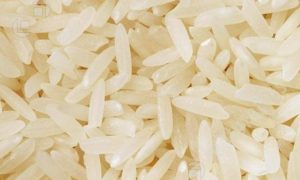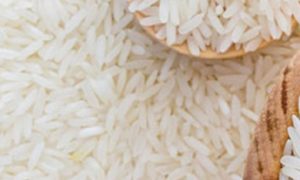Why India’s farm exports may face headwinds

India’s farm trade surplus was lower in 2022-23 than in the previous year. Its agri exports are powered by marine products, sugar, and rice; global prices and domestic food inflation could be key factors this fiscal.
Both agricultural exports from and imports into India have scaled new highs in the fiscal year that ended March 31, 2023.
Provisional data from the Department of Commerce shows total farm exports at $53.15 billion and imports at $35.69 billion during 2022-23, surpassing their previous year’s records of $50.24 billion and $32.42 billion respectively.
The resultant agricultural trade surplus has marginally dipped from $17.82 billion to $17.46 billion. The surplus narrows further if one adds the import of fertilizers, which have risen from $14.17 billion in 2021-22 to $17.21 billion in 2022-23.
The drivers – global prices
The chart shows the country’s farm trade over the last decade.
Between 2013-14 and 2015-16, exports sharply fell from $43.25 billion to $32.81 billion. The basic driver was global prices.
The UN Food and Agriculture Organization’s Food Price Index (FPI) crashed from an average of 119.1 points in 2013-14 to 90 points in 2015-16. However, imports continued to rise, bringing down the farm trade surplus from a peak of $27.72 billion in 2013-14 ($21.46 billion net of fertilizer imports) to a low of $8.05 billion by 2016-17.
The FPI – a weighted average of world prices of a basket of food commodities over a base period value (2014-16=100) – recovered to 102.5 points by 2020-21, and further to 133 points in 2021-22 and 139.5 points in 2022-23. And as that made India’s agri-commodities more globally price competitive, exports also soared to $41.90 billion, $50.24 billion and $53.15 billion during these three years.
Marine product exports have grown steadily from $5.02 billion in 2013-14 to $8.08 billion in 2022-23. Rice exports have also gone up during this period, from $7.79 billion to $11.14 billion. But it’s been driven by non-basmati rice (more than doubling, from $2.93 billion to $6.36 billion), with the value of premium-priced basmati shipments actually declining (from $4.86 billion to $4.79 billion).
Basmati exports are mainly to the Persian Gulf countries and, to some extent, the US and UK. Non-basmati shipments are more diversified, with the destinations spread across Asia (Bangladesh, China, Sri Lanka, Malaysia, Vietnam, UAE and Iraq) and Africa (from Senegal, Ivory Coast and Benin to Somalia and Madagascar). It’s non-basmati that has made India the biggest rice exporter, ahead of Thailand.
The boom in sugar exports has been more recent – from a mere $810.90 million in 2017-18 to $1.97 billion in 2019-20, $2.79 billion in 2020-21, $4.60 billion in 2021-22 and $5.77 billion in 2022-23. Indian mills have built markets for both raw sugar (among refineries in Bangladesh, Indonesia, Malaysia, Saudi Arabia and Iraq) and regular plantation whites (in African countries, Afghanistan, Sri Lanka and China). The country has, in the process, emerged as the world’s No. 2 exporter after Brazil.
Laggards and losers
Two items whose exports had registered substantial increases, only to falter in the last few years, are spices and buffalo meat.
Spices exports jumped from $2.5 billion in 2013-14 to almost $4 billion in 2020-21. It was led not by traditional plantation spices such as pepper and cardamom, but by chilli, mint products, cumin, turmeric, ginger, coriander, fennel and other seed spices. However, exports have since stagnated. Buffalo meat shipments, too, have never regained their peak of $4.78 billion reached in 2014-15.














